In our Appium test automation project, we have a customized configuration that does not use the default wdio.conf.ts file. So far we did not encounter any issues with this: the driver configuration is set up in a separate class and tests run as expected.
Recently we wanted to try out Browserstacks Observability functionality. This works out of the box whenever we try it on a project running with a wdio.conf.js file, but so far I haven't found a way of activating it in our automation project: the configuration is accepted, but no data shows up in Observability. I've spend a few days now messing around with the configuration to get it working, but to no avail.
Note that we also contacted Browserstack support for it: they say our configuration in itself is correct, so right now they also don't know why the data won't show up.
I managed to create a small sample project that produces the same issue, which can be found here. I send it to Browserstack so they can investigate, but if anyone here happens to have some experience or insights in this, then we'd love to hear it! If a solution is found, then it will be posted here as well.
TLDR: can anyone figure out why the data in this sample project does not show up in Observability, and how to fix this?
Thanks in advance!

